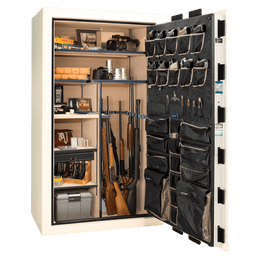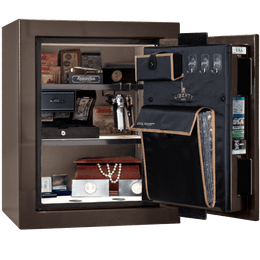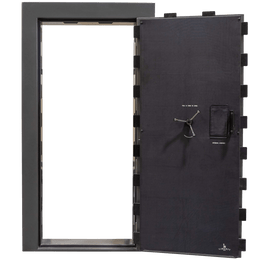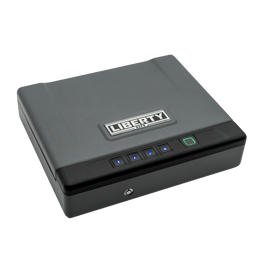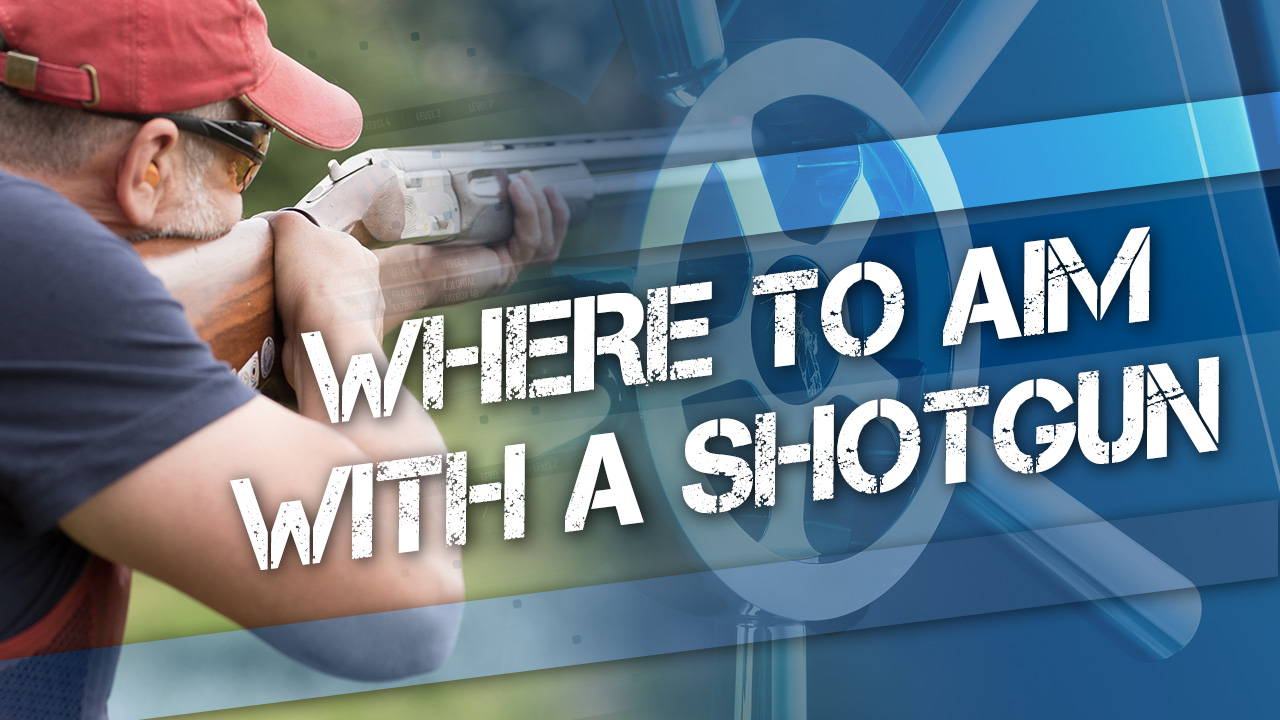If your only experience aiming a firearm is with a pistol or rifle, you will quickly understand the technique for aiming a shotgun is very different. In fact, most instructors insist you shouldn’t be aiming your shotgun at all. Here are a few things you should know about how and where to aim your shotgun.
Note: this article deals primarily with shooting traditional shotguns at aerial targets, not guns equipped with iron or optical sights--which you might employ when shooting shotguns at turkey, deer, or in tactical use.
Aim by pointing
Traditional shotguns, particularly when shooting at airborne targets like game birds or clays, are aimed by pointing, preferably keeping both eyes open. Ideally, if your shotgun is fit and mounted correctly, it will shoot where you look. For most shooters, this can be as instinctive as pointing your finger. But practice makes perfect, so you want to practice shooting targets at different distances and speeds.
Video: How to Aim a Shotgun
Get used to being your gun’s rear sight
Most traditional shotguns intended for sporting use only have a front sight, which is usually a bead or fiberoptic rod. They are designed so your eye acts as the gun’s rear sight. Depending on the shotgun, it may be possible to have a gunsmith add a rear sight. This might make it easier for you to aim, which can come in handy when shooting slugs. (But that’s another topic.)
Mount the gun and confirm proper stock fit
To properly aim/point your shotgun, you will need to develop your cheek-weld technique. Align your eye evenly with the rib/bead of your shotgun as you raise the stock to your shoulder and place your cheek tight against the stock. The cheek weld you create is effectively the sight-alignment base. This is a technique you can practice at home because repetition is key to aiming this type of firearm. A well-fit shotgun will place the comb (top of the buttstock) right below your cheekbone for a consistent mount every time, and your eye will be aligned straight behind the rib (if your shotgun has one) or rear of the receiver, with the barrel not pointing to the left or right relative to your eye.
If your shotgun doesn’t fit you properly, there may be shims that allow you to adjust the cast left or right so your cheek/eye lines up with the barrel properly. If your shotgun doesn’t have shims available, you can hire a stock fitter who can steam/bend the stock to fit you in some cases, or you may have to switch to a different gun that fits you correctly.
Focus on the target, and get good training
Unless you’re plinking at the range, most objects you will be shooting at with a traditional sporting shotgun are going to be moving targets, like birds, running small game, or clay pigeons. When aiming or pointing your shotgun, always focus on the target. You will be aware of your barrel/ramp/bead/sight, but only in your peripheral vision. Focus on the target hard enough to try to count the feathers on the bird or ridges on the clay target. Move your hands smoothly to the bird without stopping the gun, and break the shot as you achieve the correct lead.
Certainly, aiming at and hitting moving targets with a shotgun is a learned skill, and somewhat of an art form. It takes a lot of practice to learn how much lead each target requires and when you should break the shot. Furthermore, the proper techniques and skills are somewhat different depending on whether you’re shooting trap, skeet, sporting clays, or upland game.
The best way to learn effectively is to ask an experienced shotgunner (or hire an expert teacher) to watch you shoot. Many times we don’t notice what we’re doing wrong, but an instructor can easily see if we’re lifting our head, shooting behind or ahead of the bird, stopping the gun, etc. Good instruction is invaluable, and can prevent a lot of frustration.
Store your shotgun properly and safely
Where you store your shotgun matters. Storing it in a Liberty gun safe is the best way to protect it and keep it out of the hands of curious children and burglars.
Pro tip: it’s best to store shotguns with the muzzle/s down on a padded, moisture-free surface, to prevent oil from seeping into the buttstock and ruining the wood.
*Made in the U.S.A. from U.S. and Global Parts.


